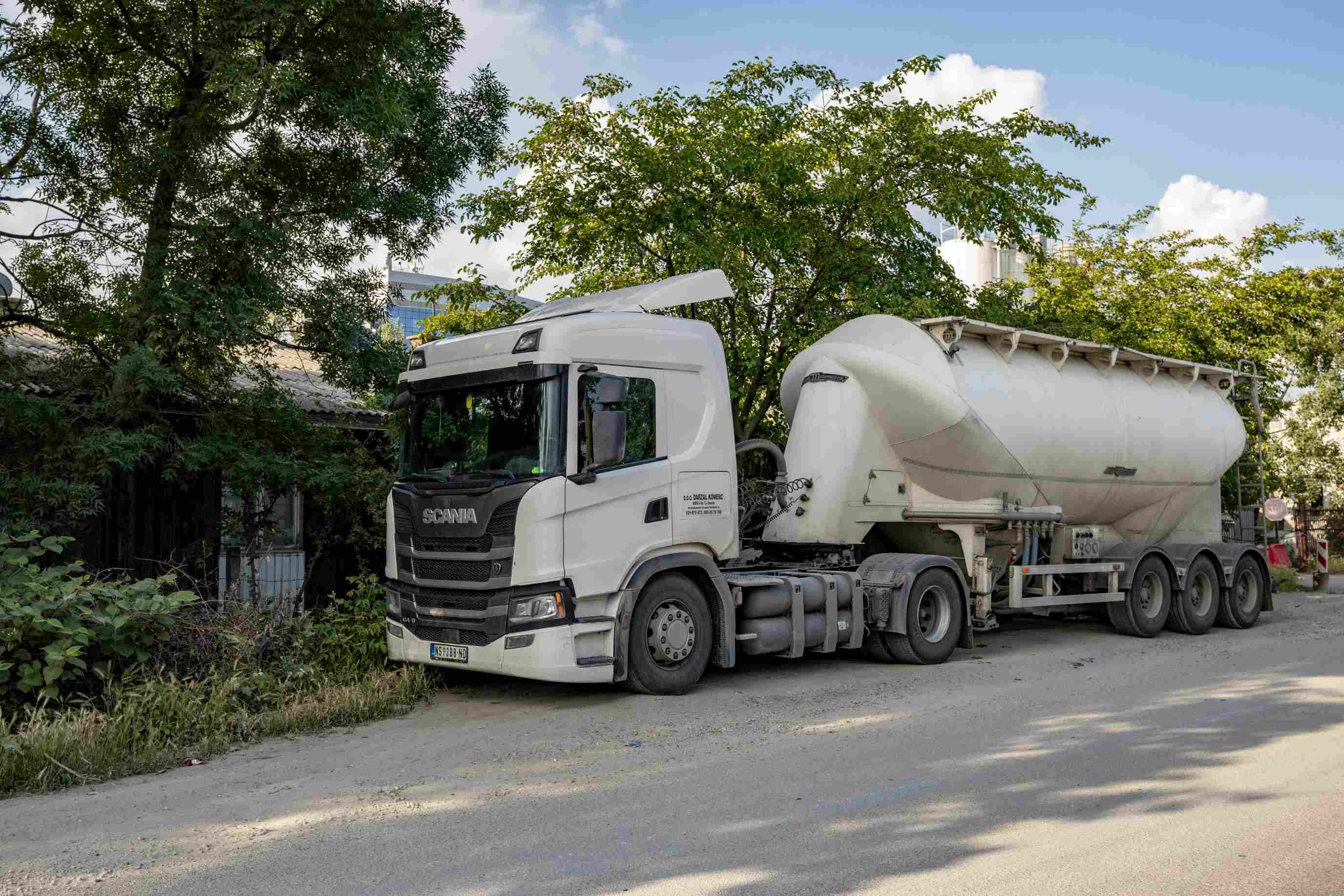In the ever-evolving landscape of sustainable energy, lithium-ion batteries have emerged as indispensable components of modern energy wind solutions. As our world grapples with the challenges of climate change and seeks to transition to cleaner sources of power, wind energy has become a pivotal player.
Wind turbines harness the kinetic energy of the wind, but their intermittent nature necessitates reliable energy storage solutions. This is where Lithium-ion batteries step in to ensure a consistent supply of electricity, even when the wind doesn't blow as expected.
Lithium-ion Batteries in Wind Energy Systems
Battery Energy Storage Systems (BESS)
Lithium-ion batteries play a crucial role in Battery Energy Storage Systems (BESS) within wind farms. These systems serve a dual purpose:
Enhancing Wind Energy Reliability: By storing excess electricity generated during peak wind conditions, BESS ensures a continuous power supply, mitigating the fluctuations in wind energy output.
Grid Stabilization: The batteries provide grid stabilization by injecting power during peak demand periods or absorbing excess power during low demand, thereby maintaining the grid's frequency and voltage.
Components of Lithium-ion Batteries
Anode, Cathode, and Electrolyte: These core components work in tandem to facilitate the movement of lithium ions, allowing for energy storage and discharge.
Battery Management Systems (BMS): BMS monitors the battery's health, state of charge, and temperature, ensuring safe and efficient operation, which is crucial in wind energy applications.
Advantages of Using Lithium-ion Batteries
Lithium-ion batteries offer a myriad of advantages, making them the preferred choice in wind energy solutions:
High Energy Density: Lithium-ion batteries boast high energy density, meaning they store a substantial amount of energy in a relatively small and lightweight package.
Long Cycle Life: With proper maintenance, these batteries can endure hundreds, if not thousands, of charge and discharge cycles, ensuring longevity and value for investment.
Fast Charging Capabilities: The fast charging abilities of Lithium-ion batteries enable quick replenishment of energy storage, vital in responding to sudden energy demands.
Sustainability and Environmental Impact: Lithium-ion batteries align with sustainability goals due to their low environmental impact. They do not emit greenhouse gases, making them an eco-friendly choice.
Scalability: Wind farms can easily expand their energy storage capacity by adding more Lithium-ion batteries, allowing for scalable solutions.

Applications of Lithium-ion Batteries in Wind Farms
Smooth Power Output
The integration of Lithium-ion batteries into wind farms serves to smoothen power output to mitigate intermittency. Wind energy's intermittent nature can cause fluctuations in power supply. Lithium-ion batteries bridge the gaps by storing excess energy during windy periods and releasing it during lulls, ensuring a consistent power supply.
Off-grid Wind Solutions
In remote or off-grid areas, Lithium-ion batteries act as a lifeline. Off-grid wind solutions use batteries to store surplus energy generated during windy days, guaranteeing power availability when wind speeds are low.
Hybrid Wind Systems
Hybrid wind systems, which combine wind and solar energy, are on the rise. Lithium-ion batteries complement these systems by storing excess energy from both wind and solar energy sources, providing a reliable power supply even when wind and solar generation patterns do not align.
Challenges and Future Developments
Despite their numerous advantages, Lithium-ion batteries come with their set of challenges:
Thermal Management: Efficient cooling systems are essential to prevent overheating and maximize battery performance.
Cost Considerations: The initial cost of Lithium-ion batteries can be high. However, as technology advances and economies of scale come into play, prices are expected to decrease.
Recycling and Environmental Responsibility: Proper disposal and recycling of Lithium-ion batteries are vital to minimize environmental impact.
Next-generation Battery Technologies: Ongoing research and development aims to create batteries with even higher energy density, longer cycle life, and improved safety features.
Conclusion
Lithium-ion batteries have revolutionized the wind energy landscape, offering reliability, sustainability, and a way to overcome the intermittency challenge. With continuous advancements, these batteries will play an increasingly pivotal role in our journey towards a greener, more sustainable energy future. For further information regarding high-quality lithium-ion batteries for wind energy solutions, please do not hesitate to contact us at [email protected].

 EN
EN 



